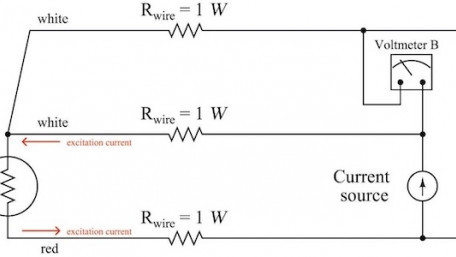
We already discussed a few limitations of resistance temperature detectors (RTDs); this article will explore the difference between two-wire, three-wire, and…
We already discussed a few limitations of resistance temperature detectors (RTDs); this article will explore the difference between two-wire, three-wire, and four-wire RTDs.
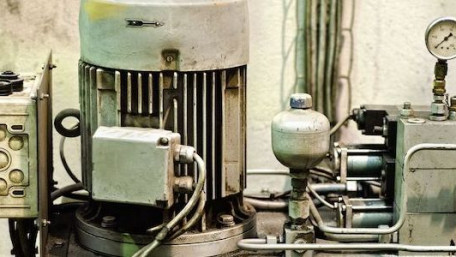
Trip classes protect motors from overcurrent, but when will an overload relay trip, why, and what trip class should you use?
Trip classes protect motors from overcurrent, but when will an overload relay trip, why, and what trip class should you use?
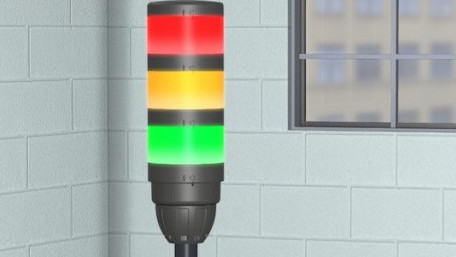
Each machine on the factory floor comes with risk; learn common safety risks and corresponding automation solutions.
Each machine on the factory floor comes with risk; learn common safety risks and corresponding automation solutions.
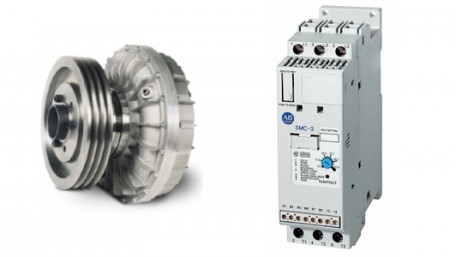
Learn about the different types of electrical and mechanical soft-start methods as well as devices to use for each method.
Learn about the different types of electrical and mechanical soft-start methods as well as devices to use for each method.
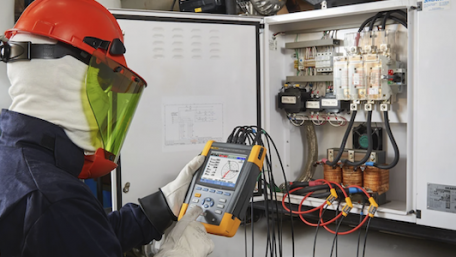
Learn about the importance of wiring in 3-phase systems and how to complete this wiring in various industrial scenarios…
Learn about the importance of wiring in 3-phase systems and how to complete this wiring in various industrial scenarios and control cabinets.
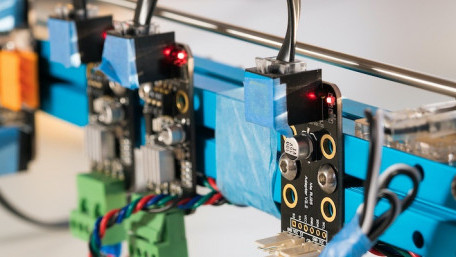
Of all types of three-phase motors, the twelve-wire motor provides the most options for connecting based on voltage and…
Of all types of three-phase motors, the twelve-wire motor provides the most options for connecting based on voltage and system configuration (wye or delta). Learn the details and wiring options of these versatile motors.
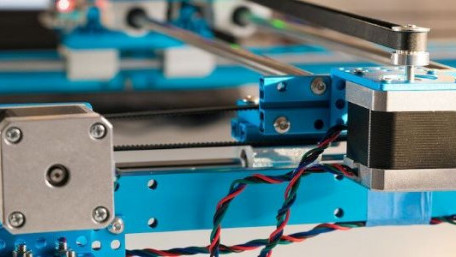
Three-phase motors with three or six wires have limited options for wiring, but are easier to use and have important…
Three-phase motors with three or six wires have limited options for wiring, but are easier to use and have important roles to play. Learn the difference between three- and six-wire three-phase motors for low and high voltage applications.
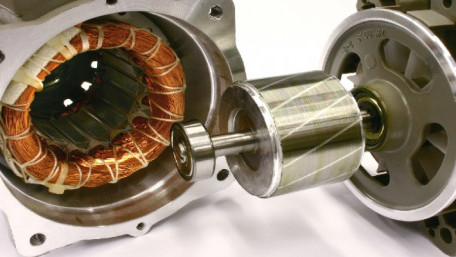
In this article, learn the differences between single- and three-phase motors, including how each one works and…
In this article, learn the differences between single- and three-phase motors, including how each one works and applications best suited for each type.
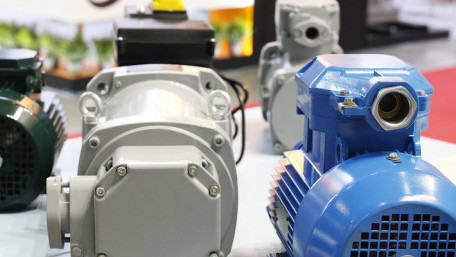
This article looks at some common windings and wirings for three-phase motors, including internal Wye windings and low…
This article looks at some common windings and wirings for three-phase motors, including internal Wye windings and low and high voltage wirings.
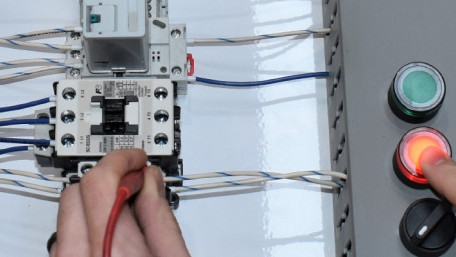
This article looks at a few of the more advanced motor control circuits for a three-phase motor.
This article looks at a few of the more advanced motor control circuits for a three-phase motor.
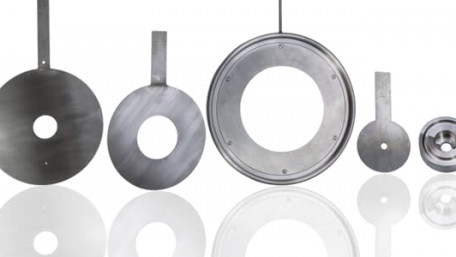
Learn about orifice plates and specifically how to size orifice plates for flow measurements and the different flow rates…
Learn about orifice plates and specifically how to size orifice plates for flow measurements and the different flow rates associated with them.
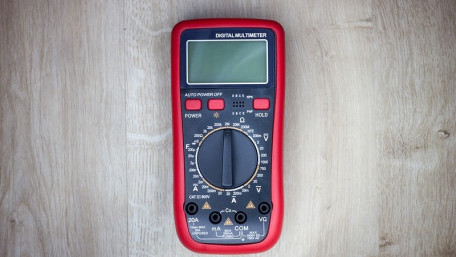
Simple voltage measurements from a multimeter are the most frequently used function in these tools. Some of them are more…
Simple voltage measurements from a multimeter are the most frequently used function in these tools. Some of them are more difficult to understand than others, and this is definitely the case when comparing AC to DC voltage.
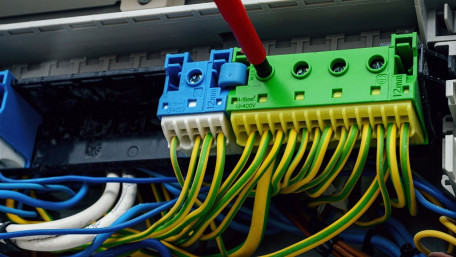
Should you connect a DC power supply to ground or not? The answer is not a straightforward yes or no. This article…
Should you connect a DC power supply to ground or not? The answer is not a straightforward yes or no. This article explores the benefits and drawbacks of grounding DC power supplies.
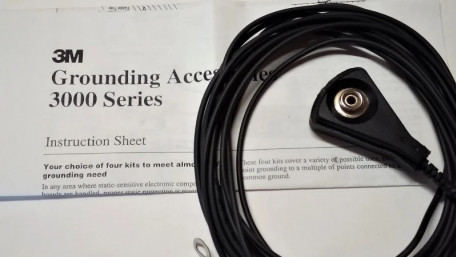
When it comes to electrical grounding, many strategies are employed to accomplish different tasks. One of the main…
When it comes to electrical grounding, many strategies are employed to accomplish different tasks. One of the main reasons for grounding equipment is for the safety of users and equipment while maintaining strict adherence to regulations.
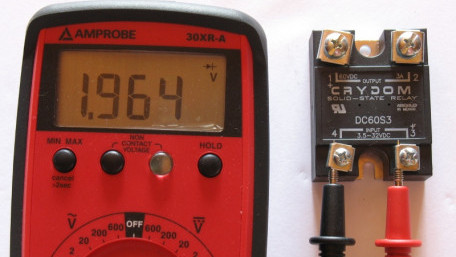
This article discusses some methods for troubleshooting solid-state relays and input/output terminals.
This article discusses some methods for troubleshooting solid-state relays and input/output terminals.
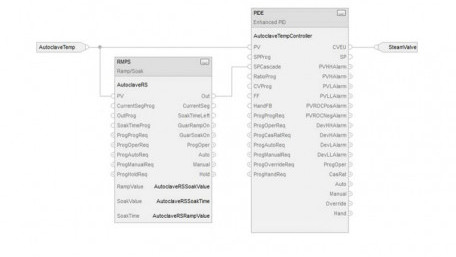
This article will focus on using an Allen-Bradley ramp/soak controller with a PID.
This article will focus on using an Allen-Bradley ramp/soak controller with a PID.
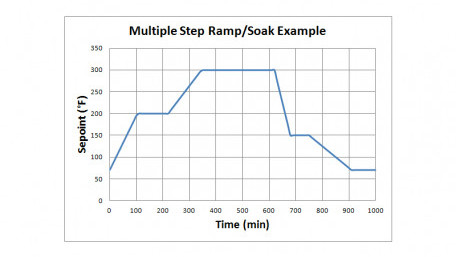
The ramp/soak controller has long been associated with temperature control loops and is included standard in some, and as…
The ramp/soak controller has long been associated with temperature control loops and is included standard in some, and as an option on other stand-alone electronic temperature controllers.
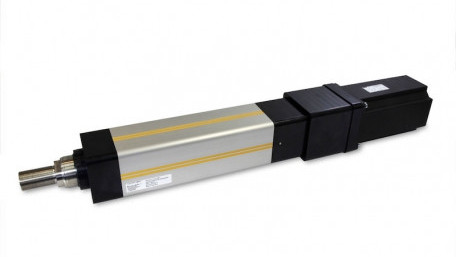
In this article, we take a look at hydraulic, pneumatic, and electric actuators and how they are used in different scenarios.
In this article, we take a look at hydraulic, pneumatic, and electric actuators and how they are used in different scenarios.
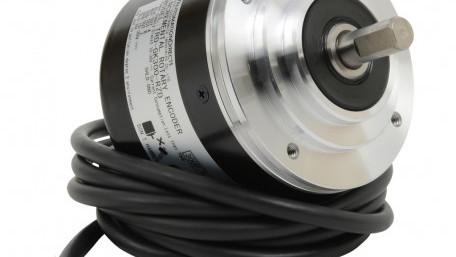
PID controllers are an excellent method of using feedback to turn an otherwise open-loop system into one which can follow…
PID controllers are an excellent method of using feedback to turn an otherwise open-loop system into one which can follow a carefully prescribed profile, correcting for inconsistencies caused by the equipment, the environment, and even the products in the manufacturing process.
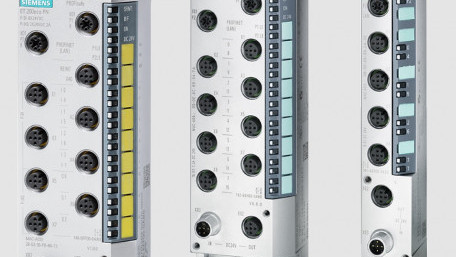
Networked remote I/O allows us to work with a machine center separately from the rest of the system, and drop the…
Networked remote I/O allows us to work with a machine center separately from the rest of the system, and drop the solution right in place.
